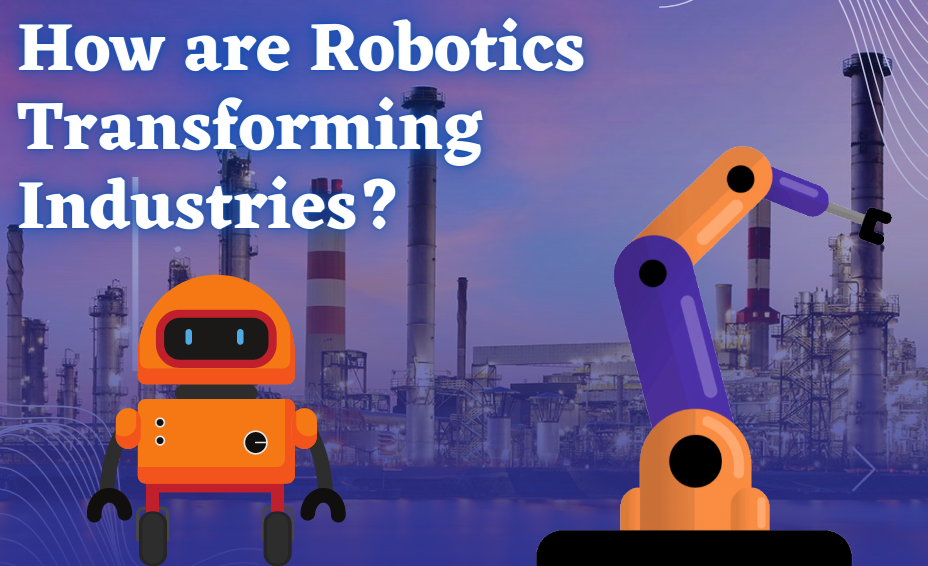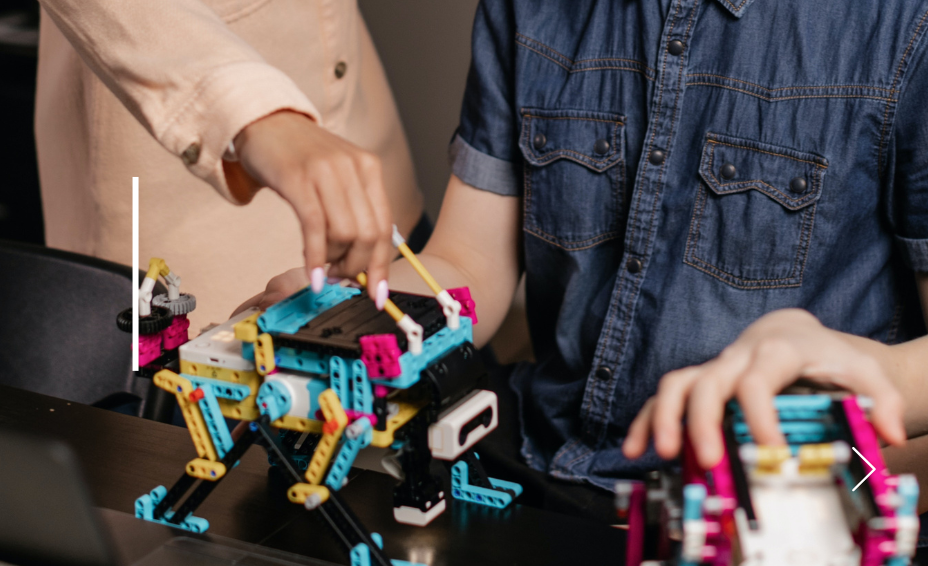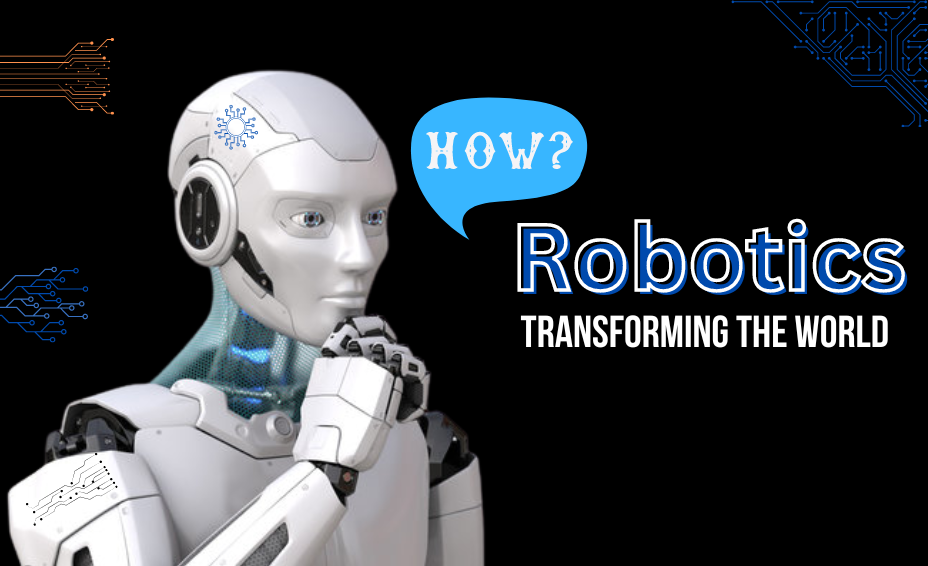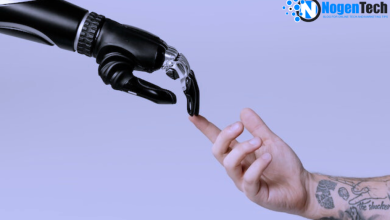How Robotics is Transforming the World
Robotics is already transforming the world as we know it, and the implications of this technology are only beginning to be understood. From manufacturing and agriculture to health care and transportation, robotics is changing the way we live and work. In many cases, robots are impacting industries in ways that we never thought possible. As technology continues to develop, the potential applications for robotics are endless. It’s an exciting time to be involved in the world of robotics, and the future is looking very bright indeed.
What is Robotics?
Robotics is the science of designing and building robots. A robot can be defined as an autonomous system capable of performing tasks without direct human guidance or control. The scope of robotics covers a wide range of disciplines, including Artificial intelligence (AI), computer science, engineering, and more. These are developed with AI technologies to help them learn, adapt, and respond to complex environments.
How Robotics is Transforming the Way we Live and Work?
Robotics is transfiguring the way we live and work. From 3D printing in manufacturing to automated services in the hospitality and retail sectors, robots are becoming increasingly embedded in our daily lives. Whether they’re performing medical operations, assembling components with intricate accuracy, or acting as customer service representatives, robots are replacing humans and taking over manual labor.
The introduction of robotics technology has opened up new opportunities for creating more efficient services and improving efficiency levels across multiple industries. This means that companies can reduce labor costs while providing faster and higher-quality products or services. With their ability to collect data rapidly and learn from their mistakes, robots have the potential to radically transform how businesses operate.
How are Robotics Transforming Industries?

Robotics is quickly becoming one of the most groundbreaking changes to hit the manufacturing industry in history. Machines are now being built with capabilities that allow them to automate any task and complete them with superior precision, speed, and accuracy compared to their human counterparts. This technology is allowing factories to increase their output faster than ever before – meaning higher efficiency, improved accuracy, and decreased costs for customers.
The impact of robotics has not only reduced manual labor but has also freed up time for employees to focus more on developing creative solutions and problem-solving abilities. This will continue driving the future of manufacturing as this technology enables innovation and drastically increases productivity.
How Robotics is Helping to Improve Healthcare?
Robotics is proving to be a game-changer in healthcare, with more and more organizations investing heavily in the development of new technologies that could shake up our lives. From robotic surgical assistance to tracking patient data, it offers unprecedented potential to streamline processes, minimize risk, and ultimately increase the quality of care available to patients around the world.
Healthcare professionals are able to devote more time and attention to treating complications or providing direct patient care by automating mundane tasks. It has also enabled researchers to perform expensive trials that would otherwise have been too costly for many institutions. All of these factors combined are having a tangible impact on healthcare outcomes globally and the positive trend looks set to continue into the future.
How Robotics is Being Used in Agriculture?
Robotics has quickly become a powerful tool in the agricultural industry since its adoption. Farmers are now able to deploy technologies such as autonomous tractors, robotic irrigation systems, and precision weeders, which create an exponential increase in efficiency and energy savings compared to traditional farming methods.
Robots are better equipped than humans for tasks that require repetitive motion and for handling weeds, insects, and other pests with precision. These can navigate difficult terrain with greater speed and accuracy than any human can achieve. This enables farmers to save time and money while producing higher yields of crop or livestock products than before.
As robotics becomes more commonplace in agriculture, we’re seeing modernized methods of farming that are capable of feeding larger populations at greater efficiency and improved rate of success.
How Robotics is Providing Opportunities for Education?

Robotics is rapidly becoming an essential part of education and workforce training. Through its offering of hands-on, interactive lessons and real-life experiences, this technology allows a comprehensive learning experience that traditional classroom teaching could not. It can also supplement other forms of teaching by providing students with apprenticeships and practice exercises in order to better prepare them for their future careers.
For example, through robotics technology programs, learners can use simulations to increase their understanding of coding or develop physical models that lead to greater collaboration with others. This is pushing the boundaries of education and giving students access to new resources that can unlock their potential; it’s truly transforming our world for the better.
Robotics and The Future of the World
In many people’s minds, robotics is the future of our world. We have already seen incredible advances in robotics technology, from advanced robotic arms that can replicate movements with incredible accuracy to social robots that can interact and engage with humans. The potential for robotics technology is limitless and it could transform the way we work, move around, and connect to each other.
Robotics could help us reduce our dependence on fossil fuels and create energy-efficient solutions to issues like climate change. In the workplace, robotics could be used to automate manual labor jobs, freeing up time for more creative or important tasks. In healthcare, they can be used to do less-invasive surgeries more accurately than any human surgeon. Consequently, the possibilities are only limited by our creativity.
Final Thoughts:
Robotic technology is rapidly evolving and impacting the way we live, work, and play. As our world becomes increasingly automated, it’s important to stay ahead of the curve and understand how robotics is changing various industries. From manufacturing and healthcare to education and agriculture, robotics is making a big impact across sectors. With so many new opportunities for robotic applications, it’s exciting to think about all the ways this technology will continue to transform our world in the years to come.





